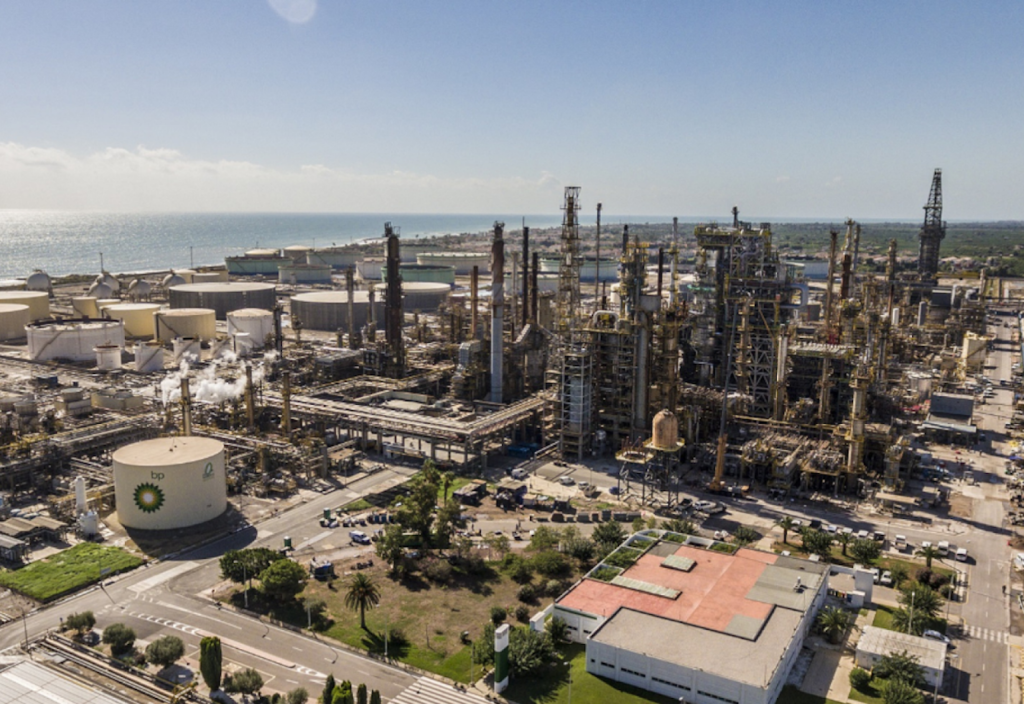There is a real imperative across the aviation industry to make flying less carbon-intensive. Air bp’s Regional Commercial Director Ajay Galdhar presented to a packed room at the recent Avalon Australian International Airshow outlining his company’s efforts to decarbonise by using Sustainable Aviation Fuel (SAF).
Galdar described the four key technologies that Air bp are pursuing to decarbonise aviation energy sources: biofuels, hydrogen, eFuels and renewable electricity. eFuels are liquid or gas fuels produced from CO2, biomass, and sustainable cement using “green hydrogen”. Air bp aims to secure 20 per cent of the global SAF market by 2030. In fact, parent company bp has an ambition to be a net zero company across the board by 2050.
Because the bulk of greenhouse gas emissions from aviation comes from medium and large gas turbine-powered aircraft, the emphasis is on replacing Jet A1 fuel, which is basically kerosene. Jet aircraft, turbo-prop aircraft, and turbine helicopters all use Jet A1, or Avtur as it is known in the military. The Royal Australian Air Force (RAAF) operates an exclusively turbine-powered aircraft fleet. Galdar explained that “67 per cent of emissions arise from medium and long-term flights”. For short-range flights, hydrogen or battery power is probably the best pathway, but for the remainder, SAF can viably replace jet fuels without requiring new aircraft or engines.
What is SAF?
Air bp are using a blend of 50 per cent SAF and 50 per cent traditional jet fuel which has been certified and safe to use in existing aircraft and refuelling infrastructure without any modification. SAF – made from used cooking oil, household waste, sugar and cereal, wood and agricultural residues, with oils and fats (hydroprocessed esters and fatty acids – HEFA) – is now available in 30 northern hemisphere locations through refineries in Lingen (Germany) and Castellon (Spain).

The imminent arrival of SAF as an option in Australia was highlighted at the Avalon Airshow with the first demonstration flights of a helicopter fuelled with blended SAF. The Airbus H130 seven-passenger aircraft was fuelled with about 40 per cent of SAF blended with Jet A1.
At the SAF demonstration flight launch, the Federal Minister for Infrastructure, Transport, Regional Development and Local Government, Catherine King, said “Sustainable aviation fuels represent a tangible opportunity for the aviation sector to cut its emissions in the short to medium term, and it is encouraging to see that happening first hand. Our Jet Zero council will work with industry so that we can see more initiatives like this across Australia.”
As expected, pilots and passengers didn’t notice any difference in operation, meaning a transition to blended SAF will likely be seamless. But the availability of SAF in Australia is the current bottleneck. The H130’s fuel was sourced from Neste MY Sustainable Aviation Fuel.
“With the expansion of our Singapore refinery starting operations at the end of the first quarter, we will be able to produce up to one million tons of SAF per annum”, said Sami Jauhiainen, Vice President APAC, Renewable Aviation at Neste.
Damian Ogden, Engineers Australia Group Executive, Policy and Public Affairs, believes a more sustainable aviation sector can be achieved by “embracing circular economy principles and new technologies”, and is excited by the opportunities that Sustainable Aviation Fuels present.
“Transitioning to new ‘sustainable’ propulsion systems is also going to be a critical part of the future. Particularly to help meet our net-zero targets.” said Ogden.
What about electric engines?
Most General Aviation (GA) aircraft have AvGas-fuelled piston engines. The trend in recent decades has been for new GA aircraft designs to use more fuel-efficient piston engines, or for higher performance aircraft to use turbines. However, electric GA and recreational aircraft are already an option for some applications. Notable on static display at Avalon Airshow was the Pipistrel Alpha Electro, a two-seat battery powered training aircraft; the first electric aircraft to be certified by CASA in Australia. However, this technology is not currently likely to be a sustainable replacement for AvGas in commercial aircraft operations.
SAF will significantly reduce the carbon footprint of the aviation sector. In the words of Ajay Galdhar, SAF “produces up to 80 per cent fewer lifecycle carbon emissions than traditional jet fuel”. That is surely a big step in the right direction.
